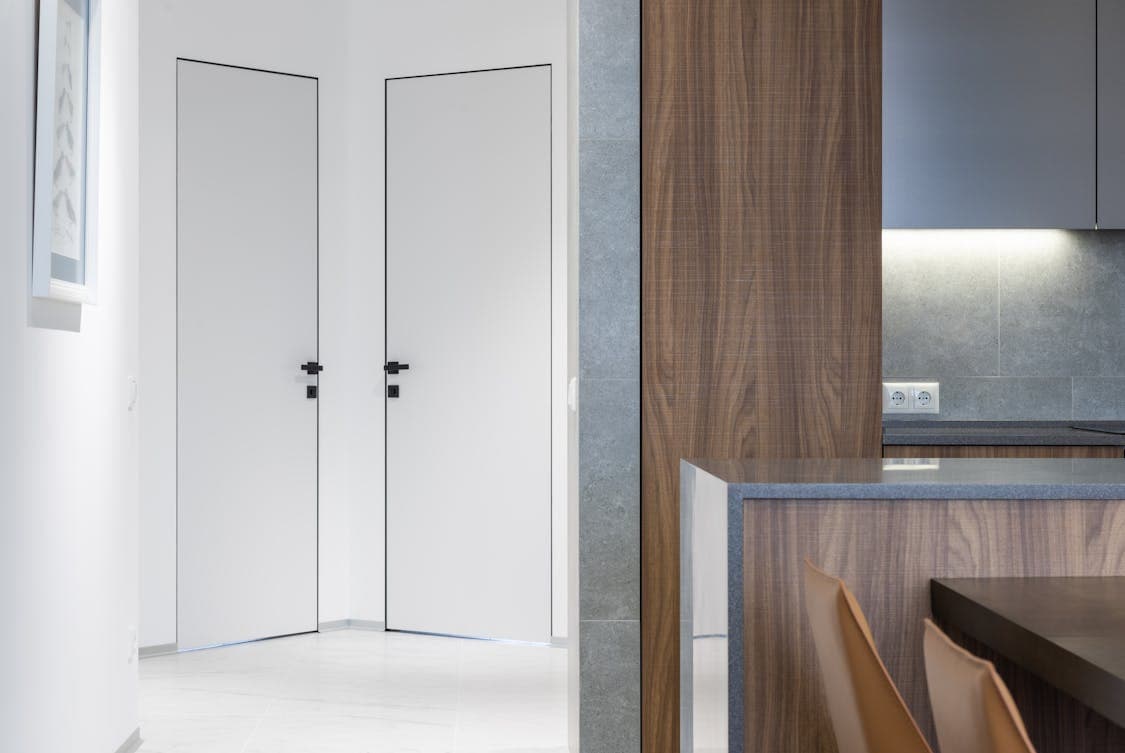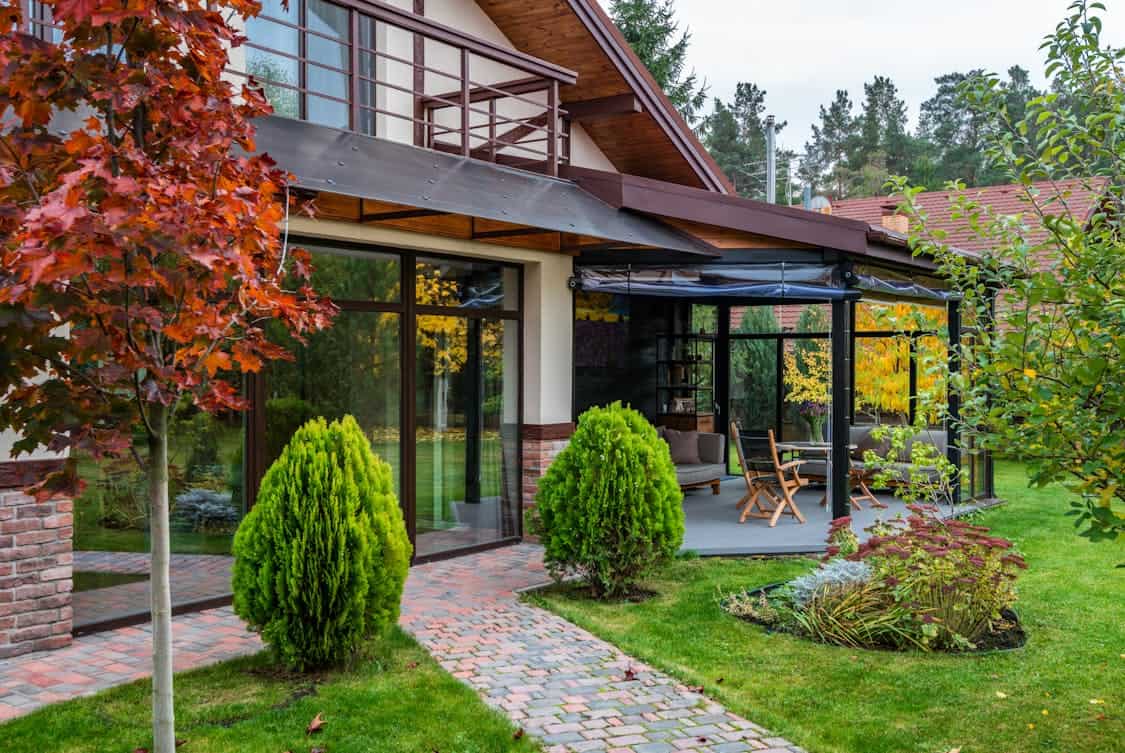
Creating a home that strikes a balance between privacy and openness is no small feat. Homeowners often desire spaces that allow for connection with family and friends while also providing sanctuary from the outside world.
This article explores how to navigate this delicate equilibrium in house layout plans.
Understanding the Need for Privacy
Privacy is essential for comfort and well-being. It fosters a sense of safety and personal space.
In home design, privacy can be achieved through strategic layout choices. Elements such as room placement, sound insulation, and landscaping contribute to a more peaceful environment.
Room Placement Matters
The arrangement of bedrooms, bathrooms, and public spaces plays a significant role in privacy. Bedrooms should be situated away from common areas like living rooms or kitchens. This distance helps reduce noise and ensures a restful environment, especially during evening hours.
Sound Insulation Techniques
While room placement is vital, attention to sound insulation is equally important. Installing thick walls, double-glazed windows, or soundproof doors can diminish noise transfer. These techniques create a more serene atmosphere, enhancing the feeling of seclusion.
Embracing Openness for Connection
On the flip side, openness invites interaction and warmth into a home. Open floor plans have become increasingly popular, allowing for seamless transitions between rooms. This design choice can enhance social interaction and create a sense of community within the home.
The Role of Open Floor Plans
Open floor plans often merge the kitchen, dining, and living areas. This layout fosters a more inviting ambiance, allowing family members to engage with each other, regardless of the activity. Cooking, dining, and relaxing become shared experiences, promoting togetherness.
A number of beautiful examples of these layouts can be seen pictured on Aveling Home’s website, offering inspiration for families who value both openness and comfort.
Natural Light and Airflow
Openness also allows for more natural light and airflow, contributing to a healthier living space. Large windows and sliding doors can enhance the feeling of connection with the outdoors. This connection not only improves mood but also reduces the need for artificial lighting during daylight hours.
Finding the Middle Ground
Achieving the right balance between privacy and openness requires thoughtful design decisions. Homeowners should consider how different areas function and how they interact.
Zoning Spaces
Creating distinct zones within an open floor plan can help maintain privacy while still allowing for openness. For instance, using furniture or architectural elements like beams to delineate spaces can provide a visual barrier without completely closing off the areas. This approach allows for interaction while still respecting personal space.
Flexible Spaces
Incorporating flexible room designs can also aid in this balance. For example, sliding doors or folding walls allow spaces to adapt based on need. When entertaining, these areas can open up to create a larger communal space. Conversely, they can be closed off for privacy when desired.
Strategic Landscaping

Another often-overlooked aspect of privacy and openness in house design is landscaping. Thoughtfully placed trees, shrubs, and fences can enhance privacy while still allowing for views and light.
Natural Barriers
Planting trees or hedges around outdoor spaces can create natural barriers that shield from prying eyes without compromising the overall openness of the environment. These living walls can soften the transition between public and private areas, making outdoor spaces feel more intimate.
Hardscaping Elements
Incorporating hardscaping elements like walls, trellises, or pergolas can also provide privacy. These features can act as visual shields while still allowing airflow and light to filter through. Additionally, they can improve the aesthetics of the home’s exterior.
The Influence of Technology
Modern technology can enhance the balance between privacy and openness. Smart home solutions offer various options for controlling aspects of your home environment, from lighting to sound levels.
Smart Blinds and Shades
Automated blinds and shades can provide privacy at the touch of a button. Homeowners can choose to open up their living spaces or close them off, depending on the situation. This control ensures that privacy can be easily maintained without sacrificing openness when desired.
Sound Systems and Home Automation
Incorporating sound systems that can be adjusted based on activity can create a more tailored experience in open spaces. For example, music can be played softly in the background when entertaining, but can be turned down or off during quiet evenings.
The Human Element
While design decisions are crucial, it’s also important to consider the human aspect. Family dynamics and individual preferences play a vital role in how privacy and openness are perceived.
Communication with Family Members
Talking with family members about their needs and preferences can provide valuable insights. Some individuals may prioritize quiet spaces for work or study, while others might cherish open interaction. Understanding these needs can guide design choices.
Adapting Over Time
As family situations change, so too may the needs for privacy and openness. Children grow, and new family members arrive. Keeping this in mind allows for flexibility in design, ensuring that the home remains functional and comfortable for everyone.
Cultural Considerations
Cultural backgrounds can also influence how privacy and openness are valued in a home. Some cultures may prioritize communal living and openness, while others might place a stronger emphasis on private spaces.
Incorporating Cultural Values
When designing a home, it’s essential to consider cultural values. This understanding can guide room layouts and communal areas, ensuring that the home reflects the family’s heritage while also meeting contemporary needs.
Finding a Unique Expression
A home can be a reflection of personal identity. Balancing privacy and openness can allow families to create spaces that resonate with their cultural backgrounds while still accommodating modern living.
